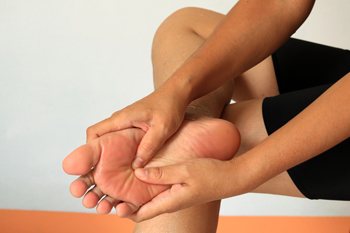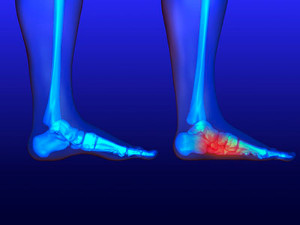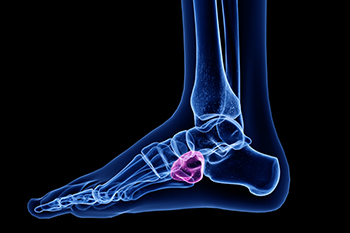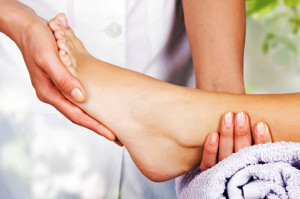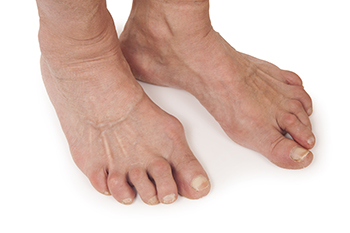
Rheumatoid arthritis, or RA, is a chronic autoimmune disorder that primarily affects the joints, causing inflammation, pain, and potential deformities. The feet can be affected, and this condition occurs when the immune system mistakenly attacks the synovium, which is the lining of the membranes surrounding the joints. Inflammation triggered by RA can lead to joint damage over time, impacting various joints symmetrically. Symptoms of rheumatoid arthritis include joint pain, swelling, and stiffness, typically most pronounced in the mornings or after periods of inactivity. The affected joints may feel warm to the touch, and over time, individuals with RA may experience reduced joint function and mobility. Beyond joints, RA can affect other organs, leading to fatigue, fever, and weight loss. If you have RA, it is strongly suggested that you are under the care of a podiatrist who can implement effective management strategies so relief can be found.
Because RA affects more than just your joints, including the joints in your feet and ankles, it is important to seek early diagnosis from your podiatrist if you feel like the pain in your feet might be caused by RA. For more information, contact Jeffrey Parrett, DPM of Parrett Podiatry. Our doctor will assist you with all of your podiatric concerns.
What Is Rheumatoid Arthritis?
Rheumatoid Arthritis (RA) is an autoimmune disorder in which the body’s own immune system attacks the membranes surrounding the joints. Inflammation of the lining and eventually the destruction of the joint’s cartilage and bone occur, causing severe pain and immobility.
Rheumatoid Arthritis of the Feet
Although RA usually attacks multiple bones and joints throughout the entire body, almost 90 percent of cases result in pain in the foot or ankle area.
Symptoms
- Swelling and pain in the feet
- Stiffness in the feet
- Pain on the ball or sole of feet
- Joint shift and deformation
Diagnosis
Quick diagnosis of RA in the feet is important so that the podiatrist can treat the area effectively. Your doctor will ask you about your medical history, occupation, and lifestyle to determine the origin of the condition. Rheumatoid Factor tests help to determine if someone is affected by the disease.
If you have any questions please feel free to contact our office located in Waxahachie, TX . We offer the newest diagnostic and treatment technologies for all your foot and ankle needs.
